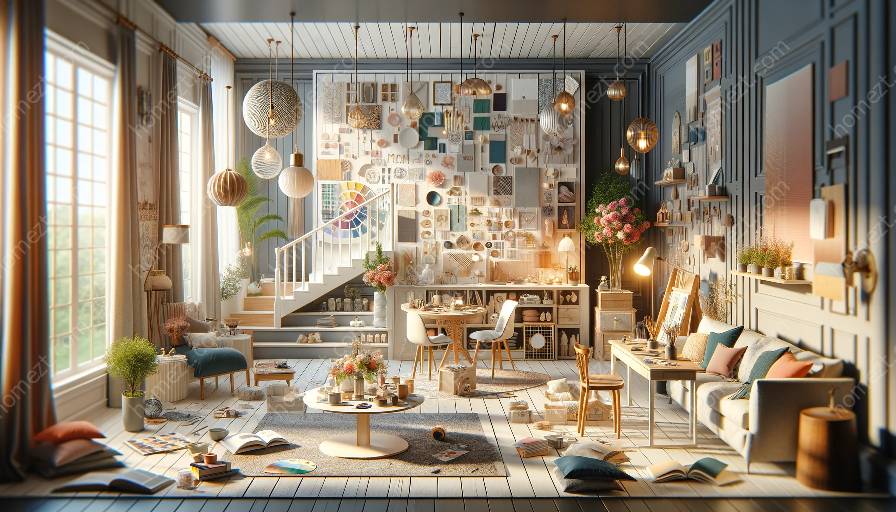In today's design landscape, the integration of sustainable materials into interior decor has become an increasingly important consideration. With an emphasis on environmental consciousness and ethical sourcing, the use of sustainable materials in interior design not only contributes to the greater good but also provides an opportunity for creativity and innovation. This comprehensive guide explores the concept of integrating sustainable materials into interior decor, offering insights into design concepts, mood boards, and interior design and styling tips.
The Importance of Sustainable Materials
Environmental Impact: Sustainable materials minimize the negative impact on the environment, reducing deforestation, pollution, and the depletion of natural resources. By using materials that are renewable, recyclable, or biodegradable, interior designers can greatly contribute to environmental conservation.
Health Benefits: Sustainable materials often have lower levels of toxins and chemicals, promoting better indoor air quality and overall well-being for occupants. By choosing eco-friendly materials, designers can create spaces that are healthier and more comfortable for the people who inhabit them.
Social Responsibility: Incorporating sustainable materials into interior decor demonstrates a commitment to ethical and social responsibility. It supports fair labor practices, promotes local craftsmanship, and contributes to the well-being of communities involved in the production of these materials.
Mood Boards and Design Concepts
Creating mood boards that reflect the use of sustainable materials can be a powerful tool for visualizing design concepts. When curating a mood board for sustainable interior decor, consider incorporating images, textures, colors, and material samples that align with the principles of sustainability. Use natural and renewable materials such as bamboo, cork, reclaimed wood, recycled glass, or organic fabrics to convey the desired aesthetic and environmental consciousness.
Design concepts for sustainable interior decor should prioritize resourcefulness, longevity, and responsible sourcing. Consider incorporating elements such as energy-efficient lighting, eco-friendly paints and finishes, and furniture made from reclaimed or upcycled materials. Embrace the beauty of imperfection and celebrate the uniqueness of natural materials to create designs that are both visually striking and eco-friendly.
Interior Design and Styling Tips
When implementing sustainable materials into interior decor, it's important to consider the following tips for effective and stylish integration:
- Natural Light Emphasis: Maximize the use of natural light in the design to reduce the need for artificial lighting. Utilize window treatments that allow ample daylight while maintaining energy efficiency.
- Biophilic Design: Integrate biophilic elements such as indoor plants, living walls, and natural motifs to establish a strong connection with nature within the interior space.
- Upcycling and Repurposing: Incorporate upcycled or repurposed furniture and decor items to elevate the sustainability quotient of the design while adding unique character and charm to the space.
- Low-VOC Finishes: Choose paints, adhesives, and finishes with low volatile organic compound (VOC) content to minimize indoor air pollution and promote healthier indoor environments.
- Local Sourcing: Whenever possible, source materials and products from local artisans and manufacturers to reduce carbon footprint and support the local economy.
Conclusion
Integrating sustainable materials into interior decor is a conscientious and creative endeavor that holds immense potential for enhancing the aesthetic appeal, functionality, and environmental impact of interior spaces. By embracing sustainable design concepts, curating inspiring mood boards, and implementing thoughtful interior design and styling tips, designers can create spaces that not only look beautiful but also contribute to a more sustainable and ethical future.
This comprehensive guide serves as a valuable resource for interior designers, design enthusiasts, and anyone interested in incorporating sustainable materials into their interior decor projects.


























